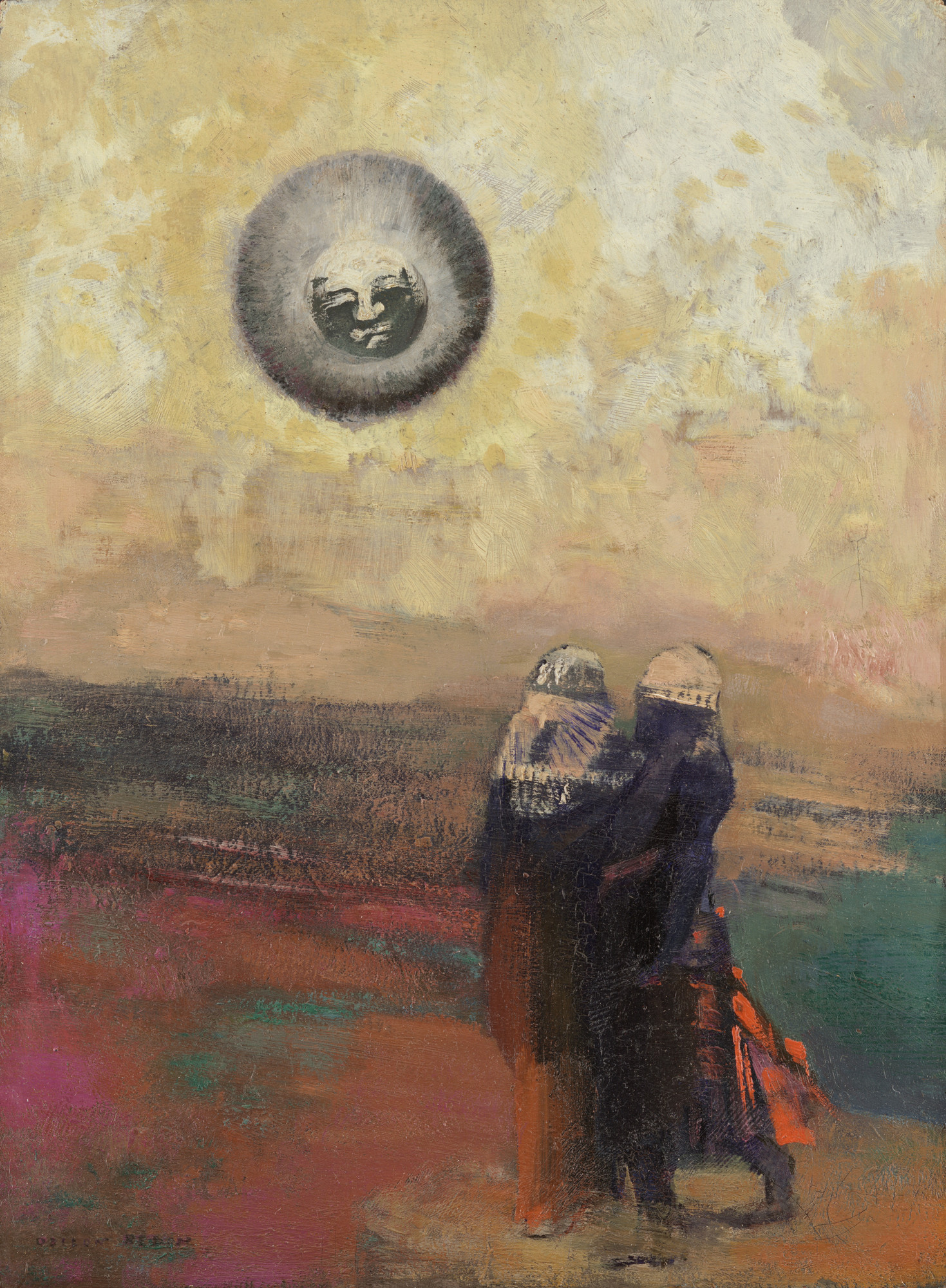A NEGLIGIBLE EXPERIMENT (1)
By:
December 1, 2023

J.D. Beresford’s pre-apocalyptic story “A Negligible Experiment,” which seems to have first appeared in his 1921 collection Signs & Wonders, is an allegory born of religious doubt. HiLoBooks is pleased to serialize it here for HILOBROW’s readers.
ALL INSTALLMENTS: 1 | 2 | 3 | 4.
“I can’t get him right, somehow,” the young sculptor said, but he looked tenderly at the little figure of the man he was modelling in plasticine, as if, despite its very obvious defects, he found something to admire in his creation.
“Wants stiffening, doesn’t he?” I suggested. “Couldn’t you put a wire or something up his legs and back?”
“Well, you see,” my young friend explained, “I could if I knew beforehand exactly what I was going to do with him. Only I don’t. I like to make him up as I go along. I’m no good at it really. I can’t think it all out ahead and then sit down and do it right off. I have to experiment and — see how it comes, you know. Do you think his head is too big?”
I thought it was rather big.
The young modeller regarded his creation with a look in which fondness still seemed to preponderate.
“Perhaps if….” he said; then speech died out of him as his hands again began to fashion and improve his little image of humanity.
And as I watched him a vision came to me. I lost consciousness of the boy and his workshop. I wandered away into a dreamland of the imagination, following the lure of a fantasy deeper and more satisfying than the reality of life.
When I read in my morning’s paper of the “Nova” in the constellation of Sagittarius, I thought first of H. G. Wells’s story of “The New Star,” and smiled. Later, I turned with a little shiver of anxiety to that chapter in Professor Lowell’s Evolution of Worlds in which he describes the possible coming of a “dark stranger” out of the depths of space. Already there were points of striking resemblance between Lowell’s imaginative account and the details that were appearing casually, in the intervals between more important news, in the newspapers. This new star differed from those other novæ so many of which have been recorded at various times. They brought us tidings of a collision that had already occurred, blazing out suddenly into a short-lived splendour and quickly waning again to invisibility. This stranger, astronomers were agreed, shone not by its own light but by the reflected light of the sun. Then it must be, relatively, near. Lowell’s calculations gave us something like thirty years to prepare before the invader wrought the destruction of the solar system. But, obviously, that calculation depended on various assumptions that the reality need not verify. This strange visitor might be much smaller than he had assumed — he had taken the enormous mass of the sun as his standard — its albedo might be lower; its speed greater. Also Lowell’s stranger was assumed to be coming at right angles to the plane of the ecliptic; this one would, as it were, skim the edge of that swimming saucer. Would any of the outer planets be interposed between us and this dreadful visitor? Neptune, Uranus, Saturn, Jupiter, Mars, might any of them be a buffer to us — provide us, perhaps, with some stupendous display in the heavens, but save us from ultimate disaster?
RADIUM AGE PROTO-SF: “Radium Age” is Josh Glenn’s name for the nascent sf genre’s c. 1900–1935 era, a period which saw the discovery of radioactivity, i.e., the revelation that matter itself is constantly in movement — a fitting metaphor for the first decades of the 20th century, during which old scientific, religious, political, and social certainties were shattered. More info here.
SERIALIZED BY HILOBOOKS: James Parker’s Cocky the Fox | Annalee Newitz’s “The Great Oxygen Race” | Matthew Battles’s “Imago” | & many more original and reissued novels and stories.
